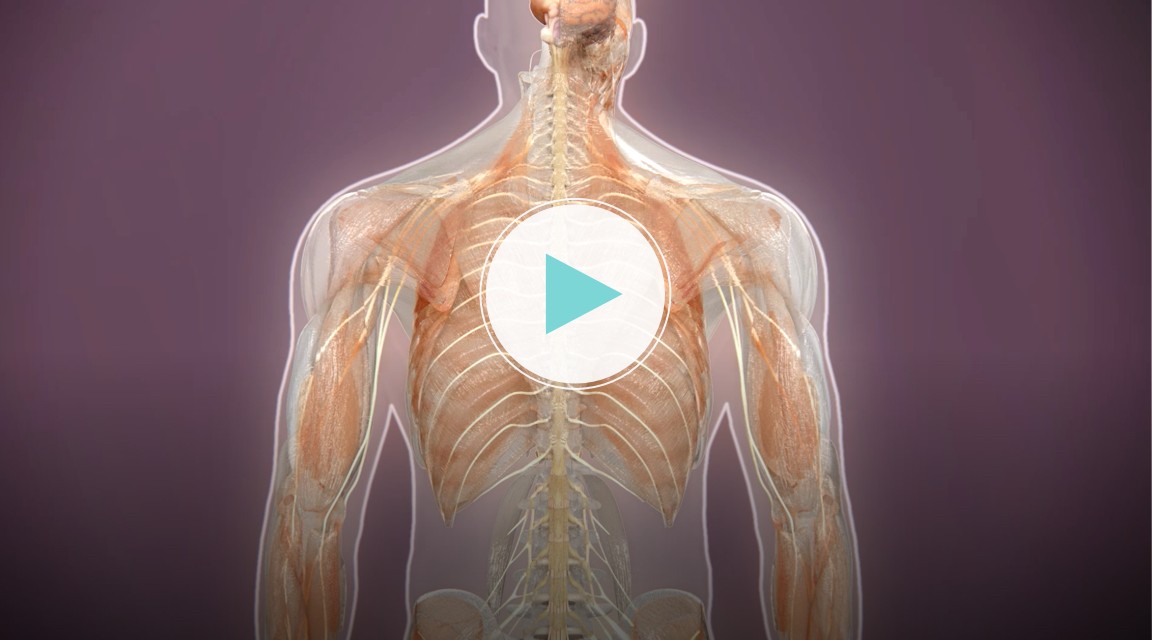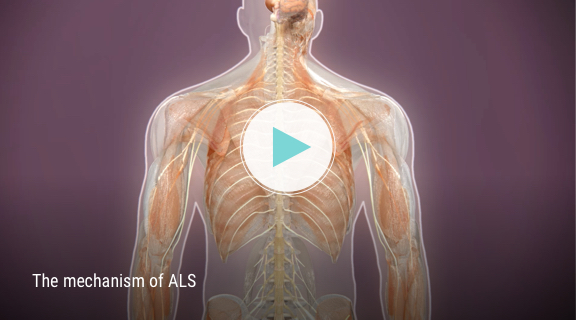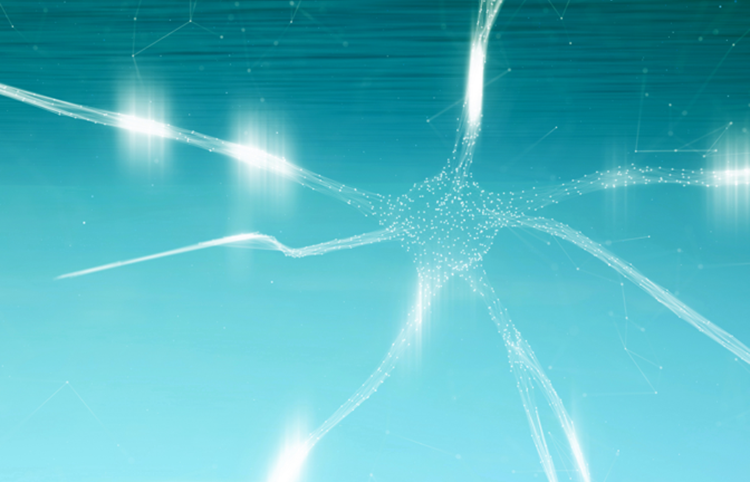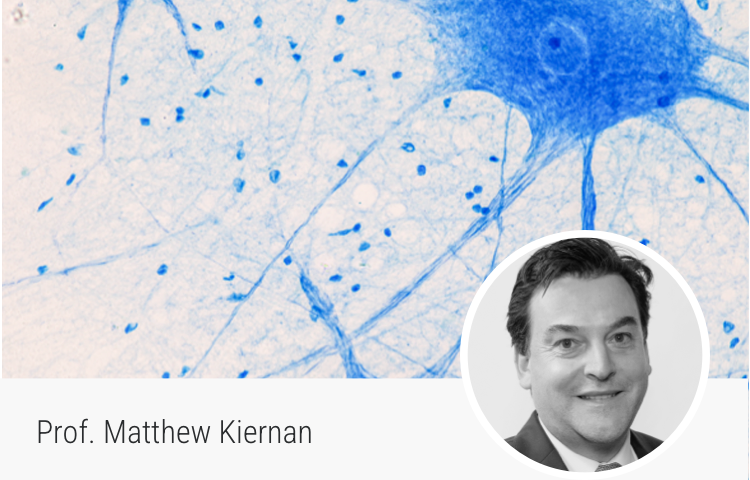About genetic amyotrophic lateral sclerosis (ALS)
The progressive loss of motor neurons in the brain and spinal cord is characteristic of ALS.1 It is a complex disease, which is likely underpinned by different pathogenic mechanisms including multiple genetic factors.2 Additionally, biomarkers such as neurofilament light chain (NfL) have been correlated with the rate of neurodegenerative disease progression, especially in ALS.3
Historically, ALS has been divided into two categories —
familial ALS (fALS) and sporadic ALS (sALS).
Recently it has been found that patients living with familial ALS (fALS) may not be the only ones to have a genetic component to their disease. A genetic component may be found in both familial and sporadic ALS. Scientific discoveries have identified more than 25 ALS-associated genes—which can be found in both fALS and sALS cases—that may play a role in disease pathology.2
Sporadic ALS
The majority of ALS patients are classified as having sporadic ALS (sALS); however, many of these patients may be unaware of a family history of the disease.1 Currently, 90% of the total ALS population has sALS, and of these, approximately 10% have a known genetic component.4-7
Familial ALS
Familial ALS (fALS) is defined by a known family history, where more than 1 relation has a confirmed diagnosis of ALS.1 Currently, fALS is estimated to affect 5% to 10% of the total ALS population2—of these, approximately 70% have a known genetic component.8
References: 1. Brown RH, Al-Chalabi A. Amyotrophic lateral sclerosis. N Engl J Med. 2017;377(2):162-172. doi:10.1056/NEJMra1603471 2. Nguyen HP, Van Broeckhoven C, van der Zee J. ALS genes in the genomic era and their implications for FTD. Trends Genet. 2018;34(6):404-423. doi:10.1016/j.tig.2018.03.001 3. Benatar M, Zhang L, Wang L, et al. Validation of serum neurofilaments as prognostic and potential pharmacodynamic biomarkers for ALS. Neurology. 2020;95(1):e59-e69. doi:10.1212/WNL.0000000000009559 4. Zarei S, Carr K, Reiley L, et al. A comprehensive review of amyotrophic lateral sclerosis. Surg Neurol Int. 2015;6:171. doi:10.4103/2152-7806.169561 5. Byrne S, Walsh C, Lynch C, et al. Rate of familial amyotrophic lateral sclerosis: a systemic review and meta-analysis. J Neurol Neurosurg Psychiatry. 2011;82(6):623-627. doi:10.1136/jnnp.2010.224501 6. Volk E, Weishaupt JH, Andersen PM, et al. Current knowledge and recent insights into the genetic basis of amyotrophic lateral sclerosis. Med Genet. 2018;30(2):252-258. doi:10.1007/s11825-018-0185-3 7. Arthur KC, Calvo A, Price TR, et al. Projected increase in amyotrophic lateral sclerosis from 2015 to 2040. Nat Commun. 2016;7:12408. doi:10.1038/ncomms12408 8. Renton AE, Chi. A, Traynor BJ. State of play in amyotrophic lateral sclerosis genetics. Nat Neurosci. 2014;17(1):17-23. doi:10.1038/nn.3584
1. Brown RH, Al-Chalabi A. Amyotrophic lateral sclerosis. N Engl J Med. 2017;377(2):162-172. doi:10.1056/NEJMra1603471 2. Nguyen HP, Van Broeckhoven C, van der Zee J. ALS genes in the genomic era and their implications for FTD. Trends Genet. 2018;34(6):404-423. doi:10.1016/j.tig.2018.03.001 3. Benatar M, Zhang L, Wang L, et al. Validation of serum neurofilaments as prognostic and potential pharmacodynamic biomarkers for ALS. Neurology. 2020;95(1):e59-e69. doi:10.1212/WNL.0000000000009559 4. Zarei S, Carr K, Reiley L, et al. A comprehensive review of amyotrophic lateral sclerosis. Surg Neurol Int. 2015;6:171. doi:10.4103/2152-7806.169561 5. Byrne S, Walsh C, Lynch C, et al. Rate of familial amyotrophic lateral sclerosis: a systemic review and meta-analysis. J Neurol Neurosurg Psychiatry. 2011;82(6):623-627. doi:10.1136/jnnp.2010.224501 6. Volk E, Weishaupt JH, Andersen PM, et al. Current knowledge and recent insights into the genetic basis of amyotrophic lateral sclerosis. Med Genet. 2018;30(2):252-258. doi:10.1007/s11825-018-0185-3 7. Arthur KC, Calvo A, Price TR, et al. Projected increase in amyotrophic lateral sclerosis from 2015 to 2040. Nat Commun. 2016;7:12408. doi:10.1038/ncomms12408 8. Renton AE, Chi. A, Traynor BJ. State of play in amyotrophic lateral sclerosis genetics. Nat Neurosci. 2014;17(1):17-23. doi:10.1038/nn.3584





